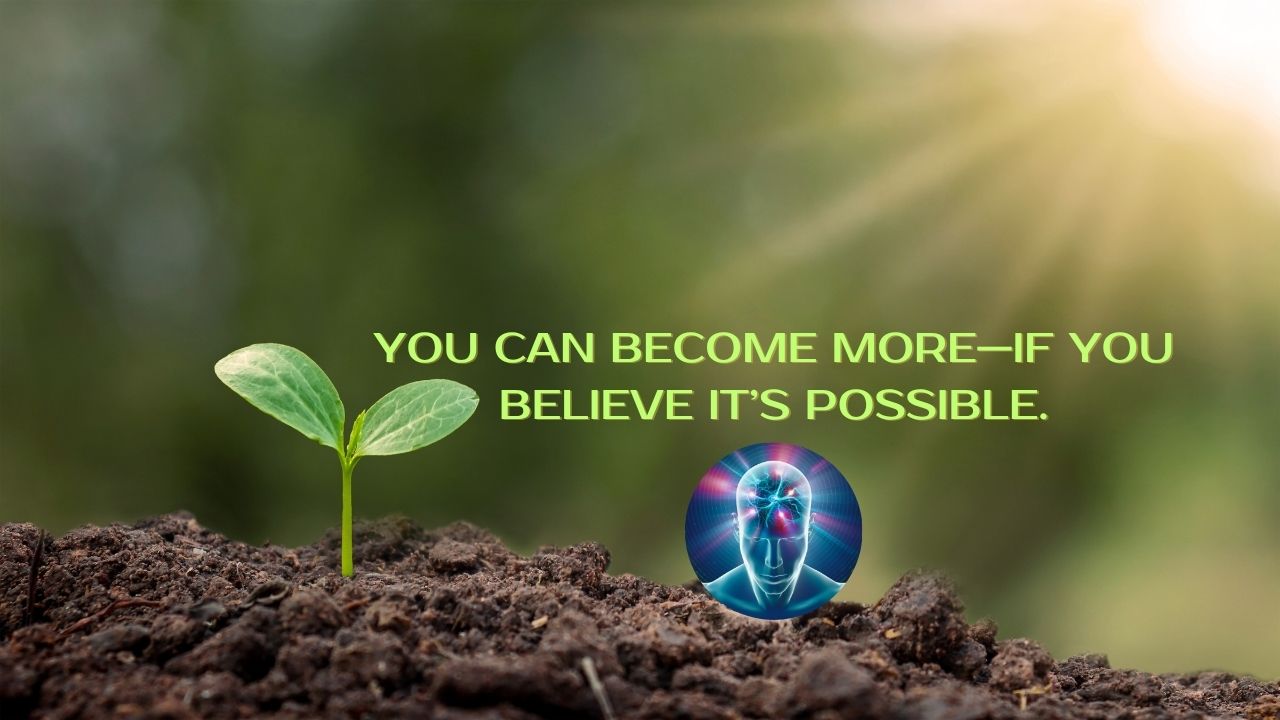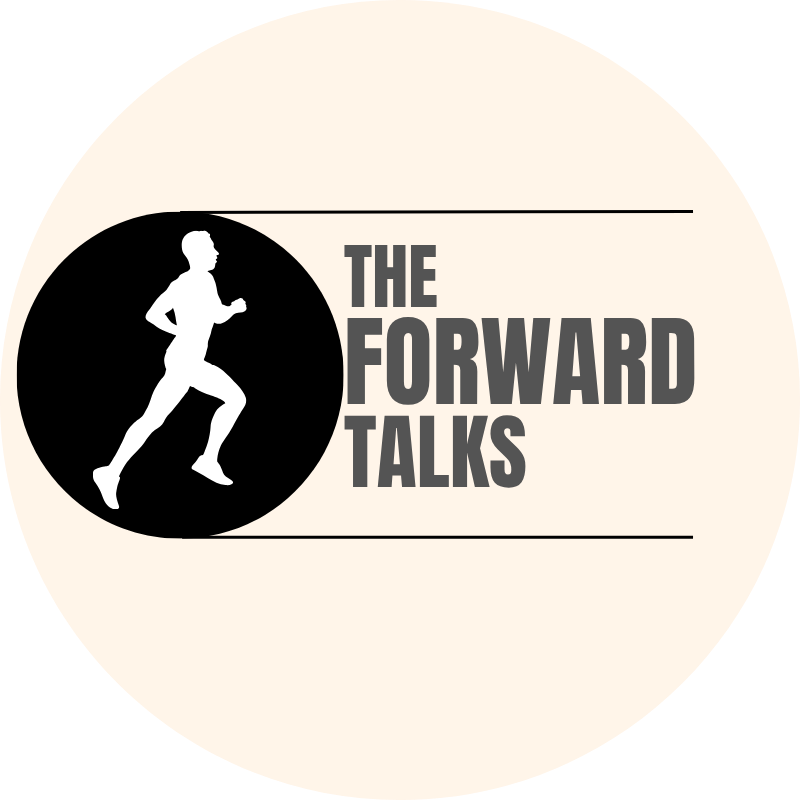
The Belief That Shapes Your Future
There’s a fundamental difference between saying,
“This is who I am, and this is all I’ll ever be”
versus
“This is who I’ve become—and I can become more.”
That’s the difference between a fixed mindset and a growth mindset.
What is a Fixed Mindset?
A fixed mindset is limiting. It believes that our abilities, talents, and intelligence are static and cannot be changed.
It sounds like:
- “I’m just not good at maths.”
- “I was born this way.”
- “Some people are lucky; I’m not.”
- “I can’t speak well in public.”
- “I’m too old to change now.”
- “I’m not creative like others.”
- “I’ve never been athletic, so fitness isn’t for me.”
- “It’s just not in my nature to be confident.”
With this mindset, people begin to see their struggles not as challenges to overcome, but as fixed boundaries they’re trapped within. Instead of looking inward for change, they start attributing their limitations to external conditions—their upbringing, circumstances, or lack of talent. This leads to a cycle of inaction. They avoid trying new things, resist feedback, and quietly resign themselves to their current identity. Over time, this self-imposed ceiling shapes their choices, behaviors, and ultimately, their life.
What is a Growth Mindset?
A growth mindset is empowering. It says:
“If I’ve become this version of myself, I can become something more.”
It acknowledges that effort, discipline, and consistency can create change. It sees challenges not as barriers, but as opportunities to grow.
It sounds like:
- “I may not be good at this yet, but I can improve.”
- “Let me try harder.”
- “I can build better habits and evolve.”
- “Challenges are opportunities to grow.”
- “I’ll keep learning until I figure it out.”
- “Effort today shapes success tomorrow.”
- “Failures teach me what to improve.”
- “I’m not competing with others—I’m improving myself.”
Let’s Understand With an Example
Imagine a student who struggles with mathematics.
- With a fixed mindset, they’ll say:
“I’m just bad at maths.”
As a result, they put in minimal effort and accept failure as inevitable. They avoid practicing, feel embarrassed to ask questions, and slowly lose confidence in their ability to improve. The belief becomes a self-fulfilling prophecy: they perform poorly, not because they can’t learn, but because they’ve stopped trying. - With a growth mindset, they’ll say:
“I need to put in more effort.”
This thought alone changes everything. Instead of giving up, they might seek help from a teacher, spend extra time on problems, or practice consistently. Their willingness to struggle through difficulty allows them to gradually improve. The shift in belief leads to a shift in action—and eventually, in outcome.
The difference isn’t in talent—it’s in thinking.
Why This Matters
The mindset you carry shapes how you handle failure, how you set goals, and how you respond to criticism.
If you believe your identity is fixed, you limit your own possibilities.
But if you believe in growth, then every habit, every skill, every challenge becomes a stepping stone.
Fixed Mindset Says:
“This is who I am, and this is all I’ll ever be.”
Growth Mindset Says:
“This is who I’ve become—and I can become something more.”
Choose Growth, Choose Possibility
Your future isn’t written in stone. It’s shaped by what you choose to believe about yourself.
Embracing a growth mindset opens the door to success, creativity, and transformation. Operating from a fixed mindset, on the other hand, often leads to frustration, disappointment, and regret.
The choice is yours.
A Book Recommendation
If this idea resonates with you and you want to go deeper, read the book “Mindset” by Carol Dweck.
It’s a powerful read that explores this concept in depth and can help you rewire how you think about success, effort, and identity.






